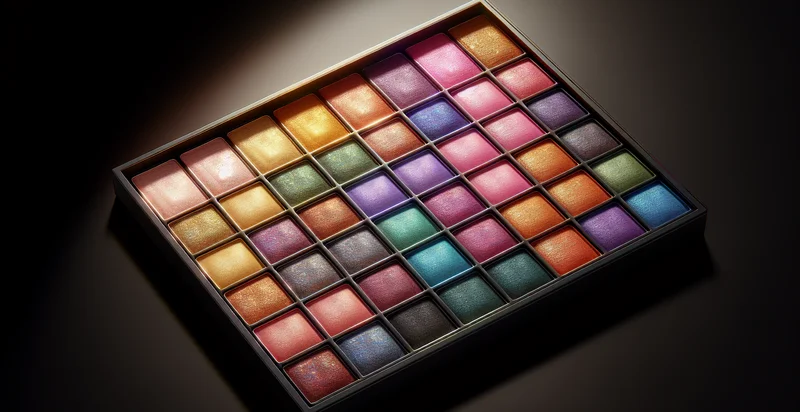Identify eyeshadow color
using AI
Below is a free classifier to identify eyeshadow color. Just upload your image, and our AI will predict what eyeshadow color it is - in just seconds.

Contact us for API access
Or, use Nyckel to build highly-accurate custom classifiers in just minutes. No PhD required.
Get started
import nyckel
credentials = nyckel.Credentials("YOUR_CLIENT_ID", "YOUR_CLIENT_SECRET")
nyckel.invoke("eyeshadow-color", "your_image_url", credentials)
fetch('https://www.nyckel.com/v1/functions/eyeshadow-color/invoke', {
method: 'POST',
headers: {
'Authorization': 'Bearer ' + 'YOUR_BEARER_TOKEN',
'Content-Type': 'application/json',
},
body: JSON.stringify(
{"data": "your_image_url"}
)
})
.then(response => response.json())
.then(data => console.log(data));
curl -X POST \
-H "Content-Type: application/json" \
-H "Authorization: Bearer YOUR_BEARER_TOKEN" \
-d '{"data": "your_image_url"}' \
https://www.nyckel.com/v1/functions/eyeshadow-color/invoke
How this classifier works
To start, upload your image. Our AI tool will then predict what eyeshadow color it is.
This pretrained image model uses a Nyckel-created dataset and has 17 labels, including Bold, Bright, Colorful, Cool, Dark, Earthy, Glitter, Matte, Metallic and Natural.
We'll also show a confidence score (the higher the number, the more confident the AI model is around what eyeshadow color it is).
Whether you're just curious or building eyeshadow color detection into your application, we hope our classifier proves helpful.
Related Classifiers
Need to identify eyeshadow color at scale?
Get API or Zapier access to this classifier for free. It's perfect for:
- E-commerce Product Recommendations: This function can enhance online shopping experiences by providing tailored product recommendations based on the user's current eyeshadow color. Analyzing the shade can suggest complementary products, ultimately increasing sales and customer satisfaction.
- Virtual Makeup Try-On: Beauty brands can implement this feature in their virtual try-on applications to accurately identify users' current eyeshadow shades. This allows for a more realistic simulation of how new products will look, leading to higher confidence in purchase decisions.
- Social Media Integration: The function can be integrated into social media platforms, enabling users to share their eyeshadow looks and receive feedback from the community. Such features could enhance user engagement and promote the brand’s product line through user-generated content.
- Beauty Influencer Analytics: Complementing influencer marketing efforts, brands can use this identifier to analyze the eyeshadow colors used by popular beauty influencers. This data can guide product development and marketing strategies based on trending colors.
- Personalized Beauty Tutorials: This feature can be used in smartphone apps to deliver personalized makeup tutorials based on the user's chosen eyeshadow color. Through tailored guidance, it fosters a more engaging and useful user experience, leading to higher retention rates.
- Retail In-Store Experiences: Cosmetics retailers can integrate this technology into in-store kiosks to identify customers' current eyeshadow colors and suggest matching products. This interactive approach can enhance customer engagement and drive in-store sales.
- Makeup Subscription Boxes: Companies offering personalized makeup subscription boxes can use the eyeshadow color identifier to curate products that match customers' preferences accurately. This customization level will likely increase customer satisfaction and subscription renewals.


